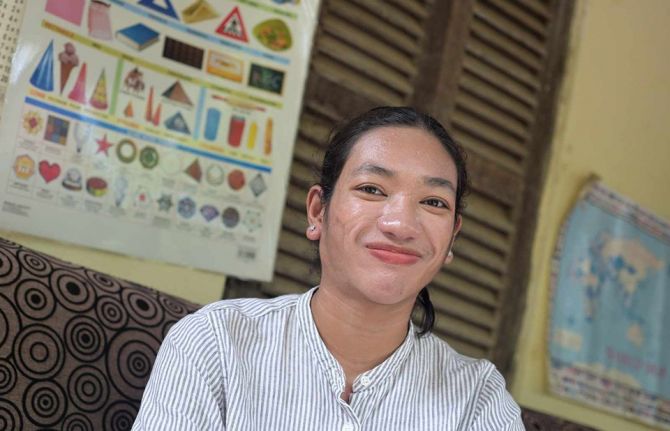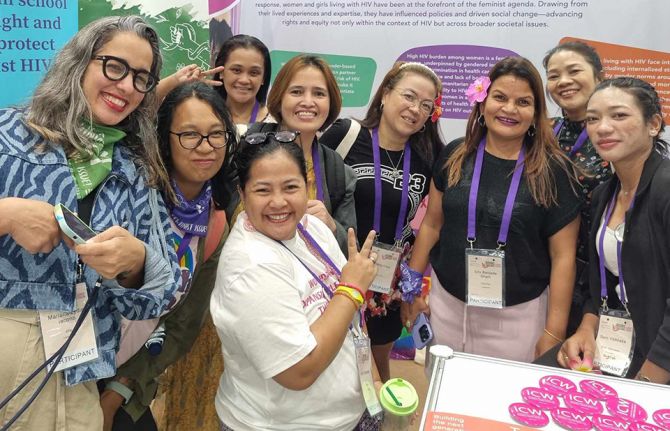
Update
Children, adolescent girls and young women: preventing new HIV infections
10 June 2016
10 June 2016 10 June 2016Adolescent girls and young women are disproportionately affected by HIV. Of new infections among adolescents and young people aged 10–24 years, 65% are among adolescent girls and young women aged 10–24 globally. Much more needs to be done to promote prevention programmes based on gender equality, fulfilling sexual and reproductive rights and guaranteeing access to services for this key group, according to a panel meeting entitled “Children, adolescent girls and young women: preventing new HIV infections”.
There is little time to lose in addressing this situation. In 2015, nearly 390 000 [330 000–560 000] adolescent girls and young women aged 10–24 became newly infected with HIV globally, the vast majority of whom lived in southern Africa. In many countries in Africa, young women are more than twice as likely to acquire HIV as their male peers.
The panel, which met on 10 June at the United Nations General Assembly High-Level Meeting on Ending AIDS, taking place in New York, United States of America from 8 to 10 June, explored ways of empowering adolescent girls and young women to claim their rights, creating an environment where they can live free from discrimination and violence. This is seen as critical because the risk of acquiring HIV tends to be associated with gender inequalities and norms that reinforce these inequalities, such as gender-based violence, lack of secondary education, early or forced marriage and lack of choice about how and with whom to have sex.
Children were also the focus of the discussion given that despite a considerable drop in the number being infected with HIV, 150 000 [110 000–190 000] children acquired the virus in 2015. Only half of all children living with HIV had access to treatment in that year. The panel argued that more attention should be paid to tackling barriers to accessing services, greater uptake should be encouraged and the treatment gap should be closed.
Young women should be meaningfully involved in developing policies and programmes and should have access to comprehensive sexuality education and high-quality sexual and reproductive health services, the panel noted. The structural causes of inequality need to be addressed and boys and men must also play a key role in promoting gender equality and preventing gender-based violence. In addition, more effective monitoring systems that can follow children and young people diagnosed with HIV and facilitate access to treatment and care were considered necessary.
Such programmes would help place children and adolescent girls and young women where they belong—at the core of the AIDS response.
Quotes
When I was diagnosed with HIV, I never dreamed I'd tell anyone. Now I tell the world. The support of strong women made this possible"
“Young women and adolescent girls must have access to sexual and reproductive health services, including HIV prevention services"
“We need to be bold and courageous to take action. We have to invest in women and girls. We have to empower, educate and employ them because it’s the right thing to do and also the smart thing to do for sustainable development.”
“We now need to focus on generating stronger commitments to better health outcomes for children living with HIV and women’s and girls’ empowerment as an essential part of the HIV response, to rapidly scaling up combination HIV prevention programmes among young women and girls, linking HIV responses to efforts to advance other Sustainable Development Goals and mobilizing the resources required.”



